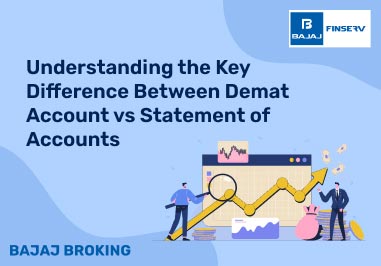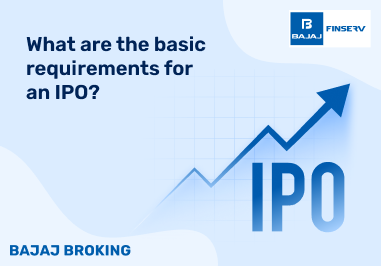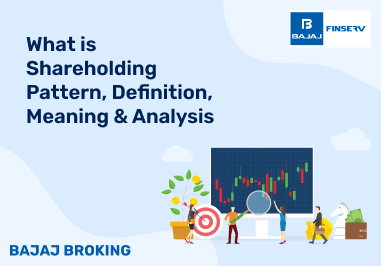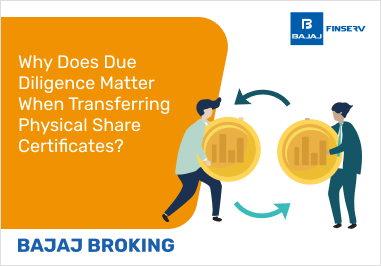How to Use a Margin Calculator?
Using an F&O margin calculator simplifies the process of estimating the capital required for trading derivatives. Follow these steps to calculate your margin requirements accurately:
Step 1: Select the Trading Segment
- Choose between Futures or Options trading.
- Select the relevant asset class, such as equity, commodity, or currency derivatives.
Step 2: Enter the Contract Details
- Input the stock or index name for which the trade is being executed.
- Select the expiry date for the derivative contract.
Step 3: Specify Trade Type
- Choose whether you are buying or selling a futures or options contract.
- Mention if the position is intraday or carry forward.
Step 4: Input Lot Size & Price
- Enter the lot size of the contract you want to trade.
- Input the strike price (for options) or trade price (for futures).
Step 5: Check Margin Breakdown
- The calculator will display:
- Span Margin: Minimum margin required based on market risk.
- Exposure Margin: Additional buffer margin.
- Total Initial Margin: The sum of span and exposure margins.
- Modify trade parameters to compare different margin requirements.
- Ensure sufficient funds are available in the trading account before placing an order.
Using a margin calculator allows traders to manage their capital effectively and avoid margin shortfalls, ensuring seamless execution of F&O trades.

















